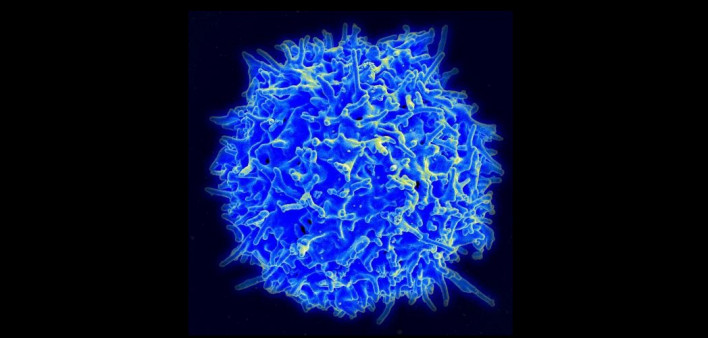People who maintain a low but detectable viral load despite adhering well to antiretroviral (ARV) treatment may in some cases have latently HIV-infected immune cells that clone themselves.
A latently infected immune cell is not replicating, meaning it stays under the radar of ARV treatment, which works only on cells that are actively churning out new virus.
Presenting their findings at the 2019 Conference on Retroviruses and Opportunistic Infections (CROI) in Seattle, researchers studied 10 people with HIV who had been on ARVs for a median of 10 years and had a median viral load of 97.5, with viral loads ranging between 40 and 356.
Generally, an individual viral load is considered undetectable if it is below 50, although the major studies that have supported the consensus that fully suppressing HIV prevents transmission used 200 or 400 as the viral load cutoff for undetectability. That said, some researchers have hypothesized that even viral loads as high as 1,000 or 1,500 might not be associated with a significant risk of transmission.
The researchers conducted genetic analyses of peripheral blood mononuclear cells drawn from the participants, including the sequencing of HIV RNA in the plasma and of HIV DNA integrated into cells’ genomes. (HIV carries its genetic material in the form of single-stranded RNA and then transcribes it into double-stranded DNA when infecting a cell.) They also stimulated cells to prompt the production of new HIV particles.
One participant was eliminated from the analysis because of evidence that the virus was evolving and accumulating mutations associated with resistance to ARVs. As for the remaining nine study members, the genetics of their HIV RNA neither changed over time nor had resistance mutations. The genetic sequences of the HIV RNA of six of these individuals matched those seen in HIV DNA incorporated into cellular genomes, suggesting clonal expansion of infected cells.
This presumption was further supported by the finding that HIV DNA found in an array of cells from each individual was integrated into similar sites in the cells’ genomes.
The study authors suggest that clinicians consider that clonal expansion, which can be identified through genetic sequencing, may be the cause an a detectable viral load in an individual who is adhering well to an ARV regimen. Consequently, switching to a different HIV treatment regimen may not lead to full suppression of the virus.
More research is needed to flesh out the mechanisms by which HIV-infected cells clone themselves.
To read a press release about the study, click here.
To read the conference abstract, click here.
To view a webcast of the conference presentation, click here.







Comments
Comments